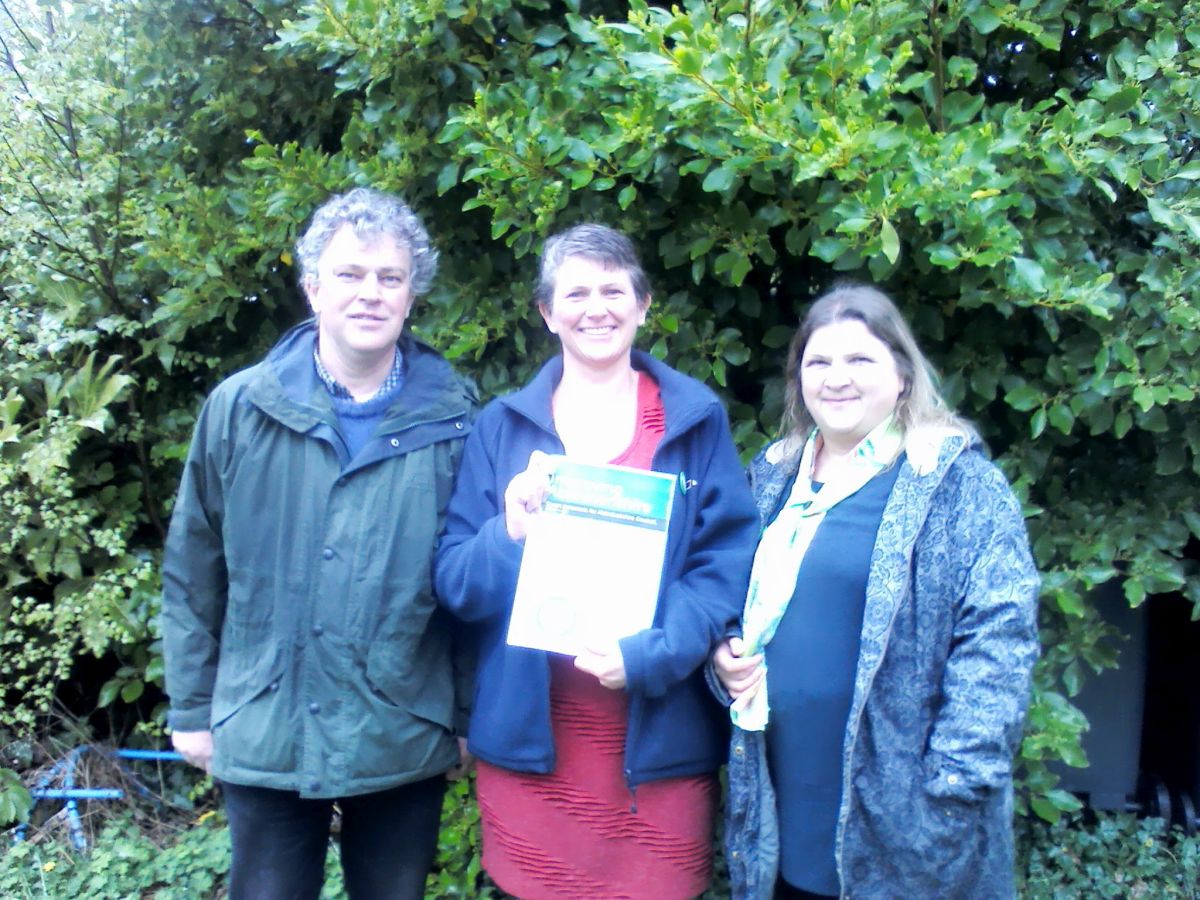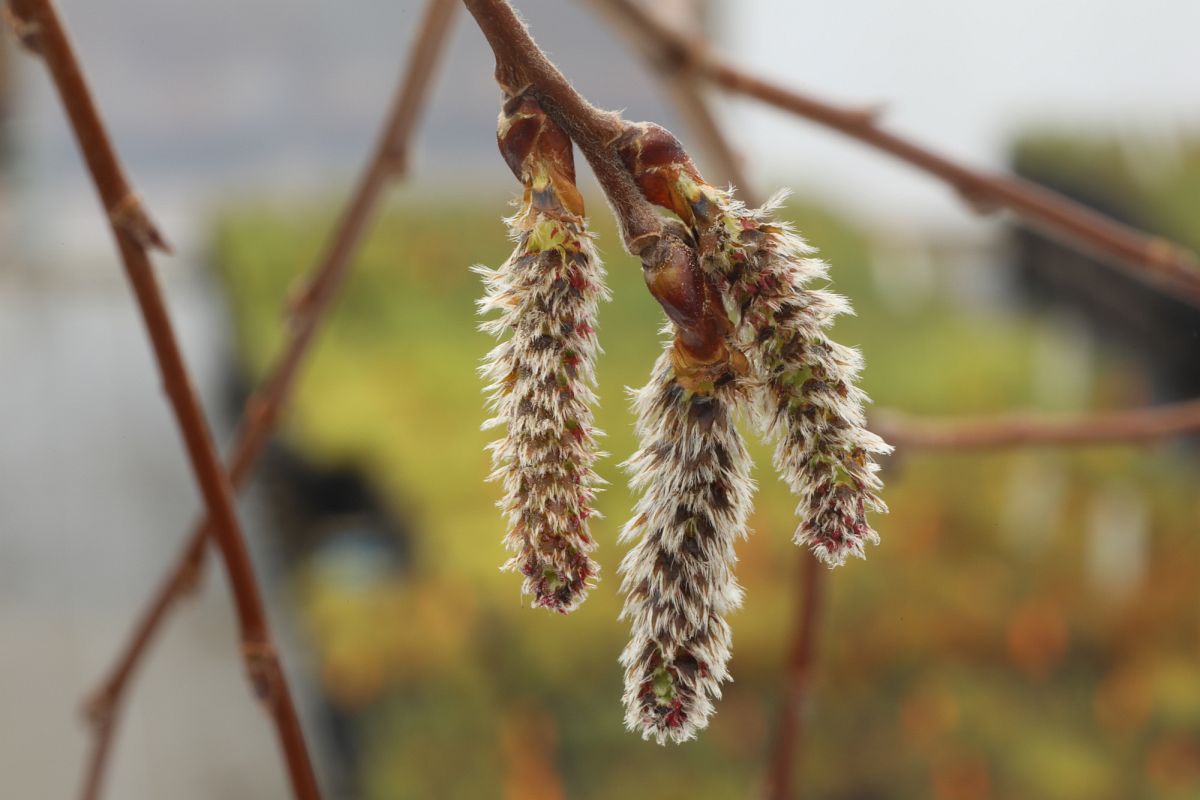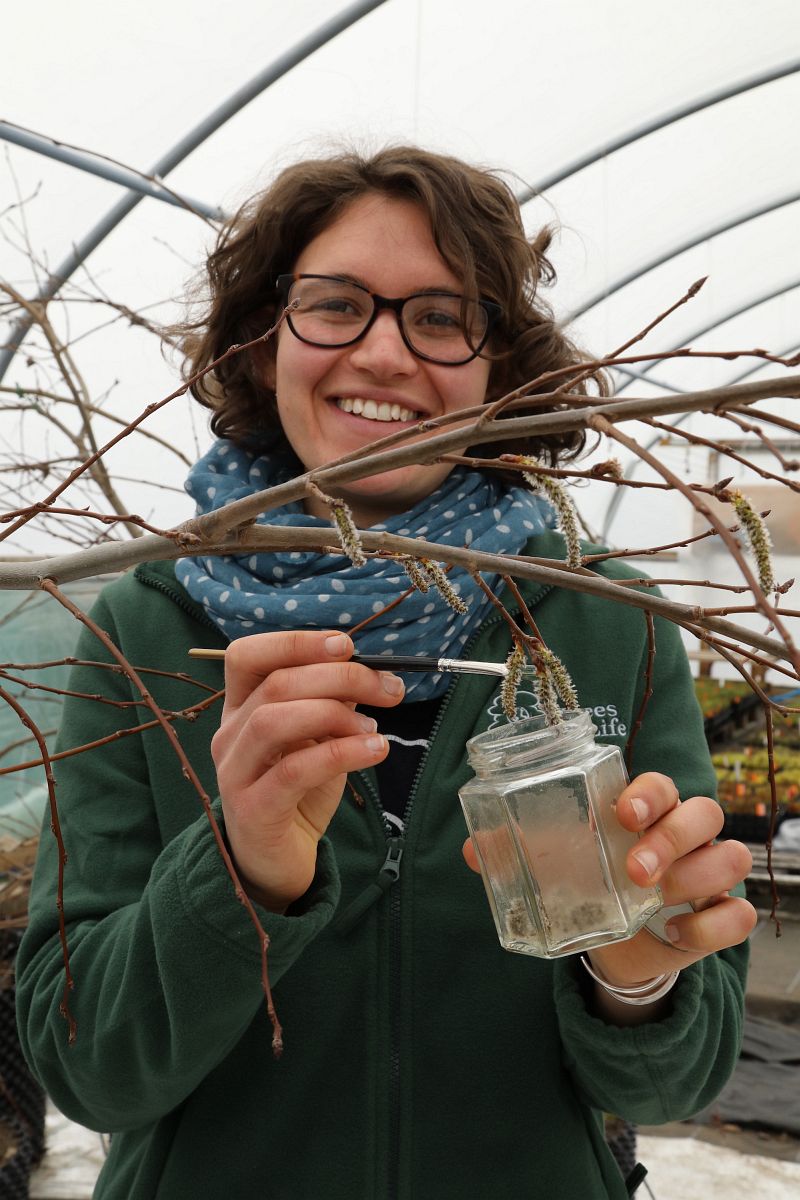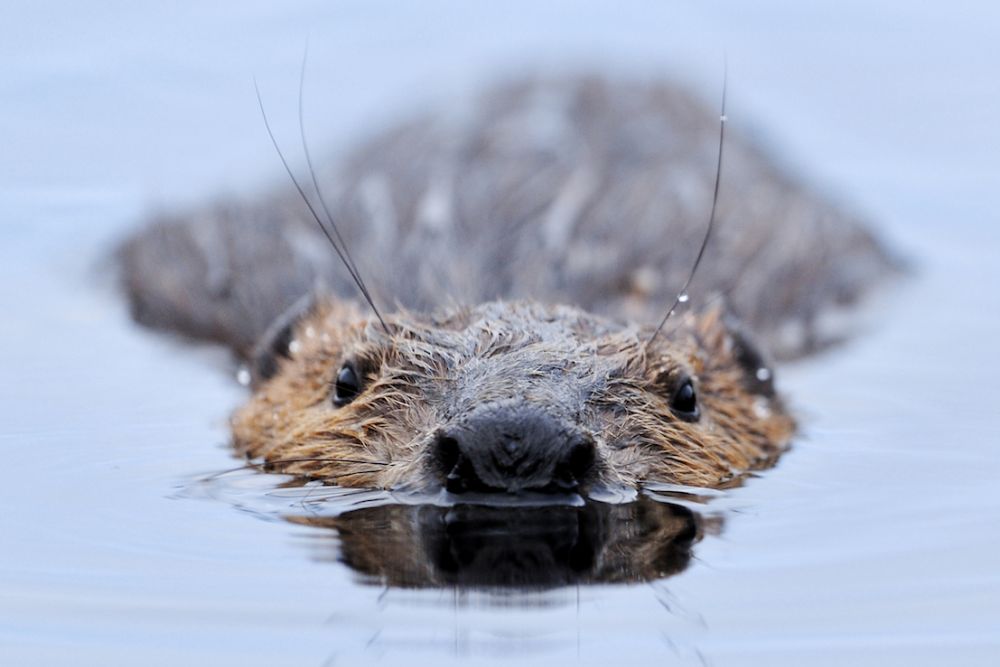With thanks to Yvette Rayner, PR Account Manager, Frasermedia.
A leading sports facility is forecast to bring over £2million to Aberdeen this year, as it welcomes high-profile national and international events. Aberdeen Sports Village (ASV), which is based on the city’s Linksfield Road, is holding four national and international competitions in 2017, which are predicted to bring the significant economic boost
Each year, ASV holds over 200 events at the prestigious venue, from local festivals to international competitions, by working closely with community leaders and national sporting bodies.
The first of this year’s prominent events, the Scottish National Age Groups Swimming Championships (SNAGS), took place at ASV at the end of March.
The event, one of the largest under 18 swimming event in the UK, brought an estimated £1million of economic benefit to the city. 1000 of the best swimmers in their age group competed, from over 90 clubs across the Scotland. For many, the prestigious event offered the chance to gain consideration times for the Commonwealth Youth Games, taking place in the Bahamas in July.
Netball Europe, which came to Aberdeen between 11-14 May, saw eight national and international teams compete in a series of matches, with spectator seats sold out for most matches. The four-day international under 21 championship featured 100 competitors from England, Northern Ireland, Wales and Scotland, as well as an open challenge section, introducing teams from Bermuda, Gibraltar, Israel and The Republic of Ireland.
ASV won the right to host Netball Europe after a sustained campaign by Aberdeen Sports Village and Netball Scotland, supported by VisitAberdeenshire.
In June, the British Masters and Senior Age Group Championships will be hosted at ASV’s Aquatics Centre, featuring swimmers from the across the UK. Over 800 competitors will take advantage of ASV’s impressive 50m pool, competing in a series of races, medleys and relays.
The busy swimming season culminates with the Scottish National Open Swimming Championship between 27 June and 2 July, showcasing the best of Scottish swimming, with over 300 current and future champions competing at ASV.
Duncan Sinclair, ASV CEO, said:
“ASV has been able to attract this year’s national and international competitions by working closely with VisitAberdeenshire, Scottish Swimming and Netball Scotland. VisitAberdeenshire has calculated the swimming and netball events alone will bring an estimated £2million in financial benefit to Aberdeen, proving that leisure and tourism activities are a vital part of our local economy.
“The Aquatics Centre is now classed as an official Performance Centre by Scottish Swimming, as ASV can confidently deliver large, exciting swimming events.
“ASV is ideally placed to host high-profile competitions, and we are proud to welcome teams and their supporters from across the world to our outstanding facility.”
ASV boasts a state-of-the-art gym, sports hall, indoor and outdoor athletics facilities, indoor football pitch, and a range of exercise classes, as well as the Aquatics Centre, which includes an Olympic standard 50m pool and 25m diving pool.
For more information, contact a member of the team at ASV on 01224 438900.
- Comments enabled – see comments box below. Note, all comments will be moderated.










 The report recommends how to use the additional £100,000 for ‘youth work’ included in Aberdeenshire’s 2017/18 revenue budget passed on 9 February.
The report recommends how to use the additional £100,000 for ‘youth work’ included in Aberdeenshire’s 2017/18 revenue budget passed on 9 February.